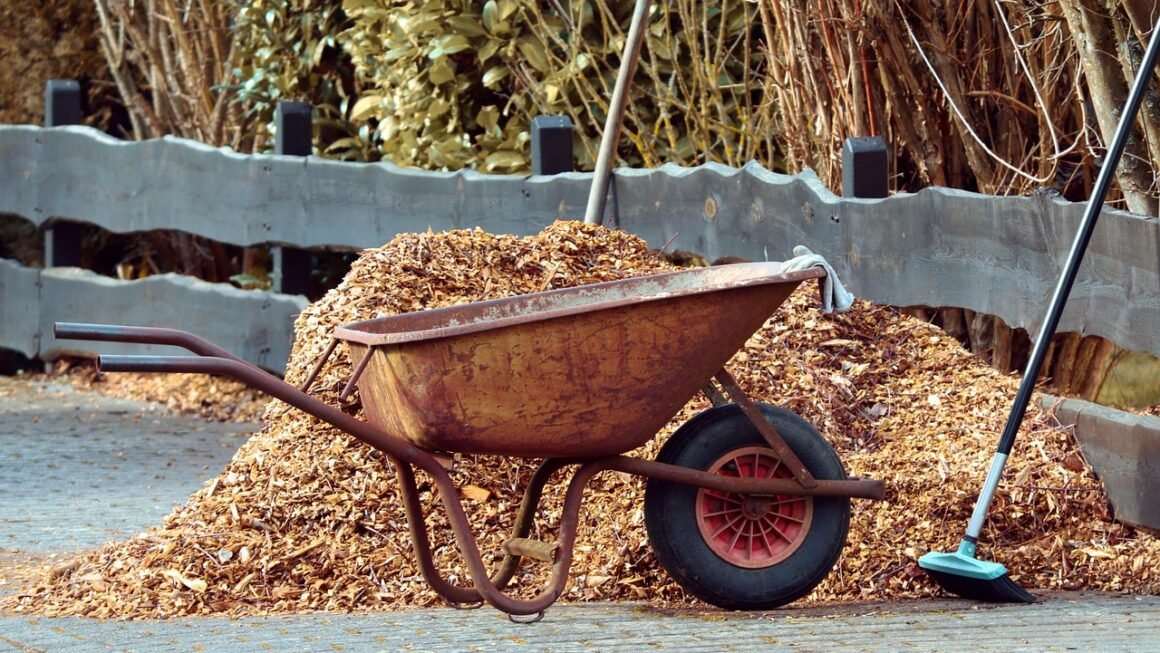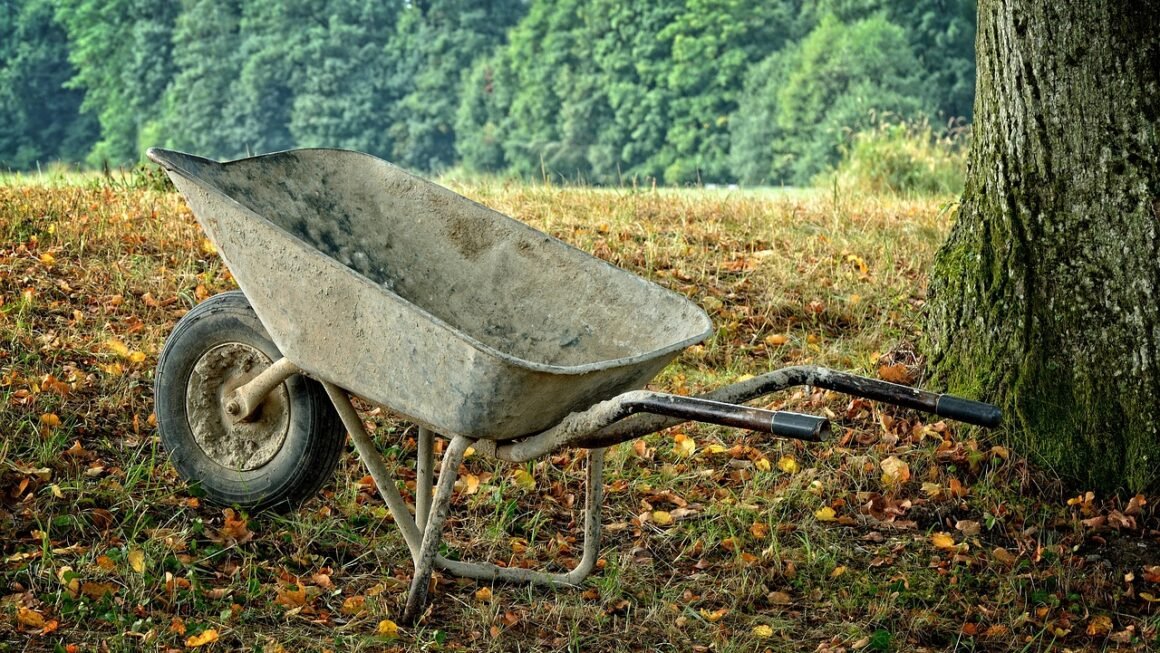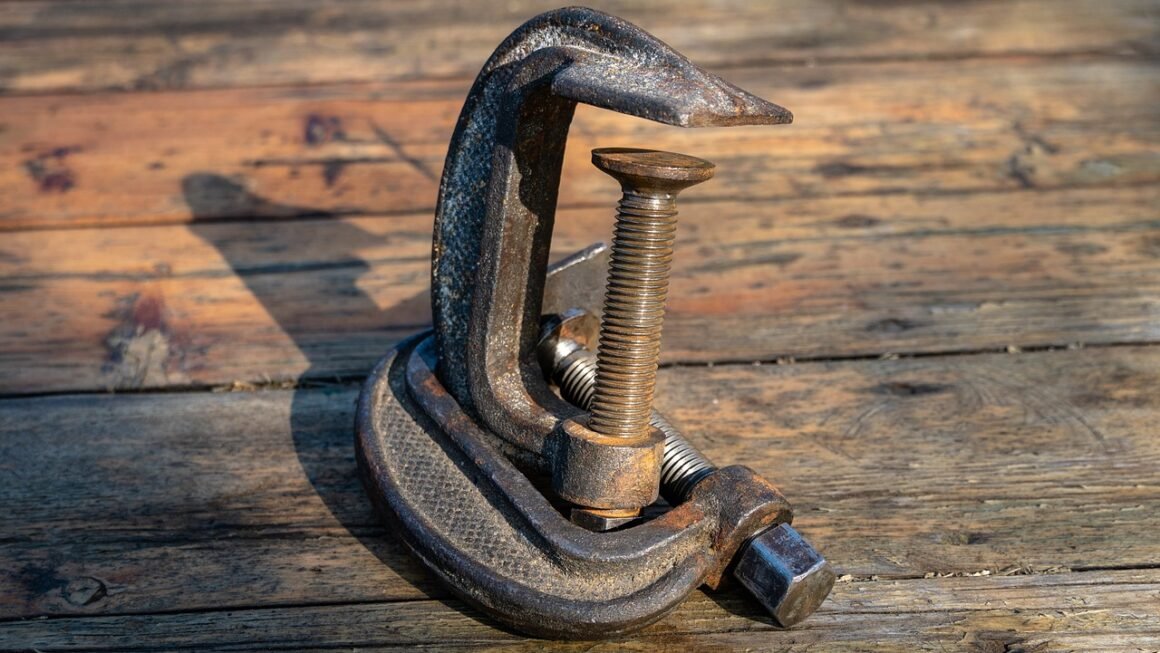Tired of wrestling with tangled cords and the fumes of gasoline? The rise of cordless mowers has revolutionized lawn care, offering a cleaner, quieter, and more convenient way to maintain your yard. But with so many options available, choosing the right cordless mower can feel overwhelming. This guide will explore everything you need to know about cordless lawn mowers, from their benefits and features to helping you select the perfect model for your needs.
Why Choose a Cordless Lawn Mower?
Benefits of Cordless Mowers
Cordless lawn mowers offer a range of advantages over their gas-powered and corded counterparts. These benefits have driven their increasing popularity in recent years.
- Convenience: No cords to untangle or gas to mix. Simply charge the battery, insert it, and start mowing.
- Eco-Friendly: Cordless mowers produce zero emissions, making them a much greener choice for the environment.
- Quieter Operation: Significantly quieter than gas mowers, reducing noise pollution and making your neighbors happier. Many models operate below 75 decibels.
- Lower Maintenance: No oil changes, spark plug replacements, or carburetor cleaning required. Battery maintenance is minimal, typically involving proper storage and charging practices.
- Easy Storage: Cordless mowers are often lightweight and compact, making them easier to store in garages or sheds. Many even have vertical storage capabilities.
- Cost-Effective: While the initial investment might be higher, the long-term running costs are generally lower due to the elimination of fuel and reduced maintenance.
Are Cordless Mowers Powerful Enough?
This is a common concern. Modern cordless mowers, especially those powered by lithium-ion batteries, offer impressive power and performance. Many models are now capable of handling thick grass and challenging terrains. The key is to choose a mower with sufficient voltage (40V, 60V, or 80V) and amp-hours (Ah) to match your lawn size and the density of your grass. For example, a mower with an 80V battery and 6Ah is suitable for a larger yard with slightly thicker grass compared to a 40V 4Ah mower.
Understanding Cordless Mower Features
Battery Power and Run Time
The battery is the heart of a cordless mower. Key factors to consider are voltage, amp-hours, and battery type. Lithium-ion batteries are the standard due to their long lifespan, high energy density, and quick charging capabilities.
- Voltage: Determines the power of the mower. Higher voltage generally means more cutting power. Common voltages are 40V, 60V, and 80V.
- Amp-Hours (Ah): Indicates the battery’s capacity or how long it can run on a single charge. Higher Ah means longer run time.
- Run Time: The time a mower can operate before needing a recharge. This varies depending on grass thickness, mowing conditions, and battery size. Expect run times from 30 minutes to over an hour.
- Charging Time: The time it takes to fully charge the battery. This can range from 30 minutes to several hours, depending on the charger and battery capacity. Consider models with rapid chargers for increased convenience.
- Example: A 40V 5Ah battery might provide 45 minutes of run time on a relatively flat, well-maintained lawn, while an 80V 6Ah battery could offer over an hour on a larger or slightly overgrown lawn.
Cutting Deck Size and Mowing Features
The cutting deck size determines the width of the cut and how quickly you can mow your lawn. Mowing features enhance the mower’s versatility and ease of use.
- Cutting Deck Size: Ranges from 16 inches for small yards to 22 inches or more for larger yards. A wider deck covers more ground per pass, reducing mowing time.
- Cutting Height Adjustment: Allows you to adjust the height of the cut to suit your grass type and personal preference. Look for mowers with multiple height settings (typically ranging from 1 to 4 inches).
- Mulching Capability: Chops grass clippings into fine pieces and returns them to the lawn as fertilizer. This helps improve soil health and reduce the need for chemical fertilizers.
- Bagging Capability: Collects grass clippings in a bag for disposal. This is useful if you prefer a cleaner look or need to remove weeds or diseased grass.
- Side Discharge: Ejects grass clippings to the side. Useful for longer or thicker grass that might clog the mulching or bagging functions.
- Actionable Takeaway: Consider a mower with mulching capability to improve your lawn’s health and reduce fertilizer use.
Drive Systems and Handling
The drive system and overall design affect the mower’s maneuverability and ease of use.
- Push Mowers: Require manual pushing. Suitable for smaller, relatively flat lawns.
- Self-Propelled Mowers: Have a motor that drives the wheels, making mowing easier, especially on hills or larger lawns. Look for variable speed options to customize your mowing pace.
- Wheel Size: Larger rear wheels improve maneuverability and traction, especially on uneven terrain.
- Weight: Lighter mowers are easier to push and maneuver, while heavier mowers may offer more stability.
- Handle Design: Look for ergonomic handles with adjustable height for comfortable mowing. Folding handles make storage easier.
- Example: If you have a sloped yard, a self-propelled mower with larger rear wheels is highly recommended.
Choosing the Right Cordless Mower for Your Lawn
Lawn Size and Type
The size and type of your lawn are crucial factors in selecting the right cordless mower.
- Small Lawns (Less than 1/4 Acre): A 40V mower with a 16-20 inch deck and a 4Ah or 5Ah battery should be sufficient.
- Medium Lawns (1/4 to 1/2 Acre): A 60V mower with a 20-22 inch deck and a 5Ah or 6Ah battery is recommended. Consider a self-propelled model for added convenience.
- Large Lawns (Over 1/2 Acre): An 80V mower with a 21-22 inch deck and a 6Ah or higher battery is ideal. A self-propelled model is essential. You might also consider a mower that accepts two batteries for extended run time.
- Grass Type: Thicker grass types like St. Augustine or Zoysia may require a higher voltage and more powerful motor.
Budget Considerations
Cordless mowers range in price from a few hundred dollars to over a thousand. Set a budget and prioritize the features that are most important to you.
- Entry-Level Mowers: Offer basic features and are suitable for small lawns.
- Mid-Range Mowers: Provide a good balance of features and performance for medium-sized lawns.
- High-End Mowers: Offer advanced features, superior performance, and longer run times for larger lawns.
- Tip: Look for deals and discounts, especially during seasonal sales. Consider buying a mower that is part of a battery platform, allowing you to use the same batteries with other power tools from the same brand.
Brand Reputation and Warranty
Choose a reputable brand known for quality and reliability. Check online reviews and ratings before making a purchase.
- Warranty: Look for a mower with a good warranty on both the mower and the battery. A 3-year warranty or longer is preferable.
- Customer Support: Research the brand’s customer support reputation to ensure you can get assistance if needed.
- Popular Brands: EGO, Greenworks, Ryobi, DeWalt, and Milwaukee.
Maintenance and Storage Tips
Battery Care
Proper battery care is essential for maximizing its lifespan and performance.
- Charging: Follow the manufacturer’s instructions for charging. Avoid overcharging or leaving the battery on the charger for extended periods.
- Storage: Store the battery in a cool, dry place away from direct sunlight and extreme temperatures. Ideal storage temperature is between 40°F and 70°F.
- Cleaning: Keep the battery terminals clean and free of debris.
- Winter Storage: Remove the battery from the mower and store it separately during the winter months. Charge it to around 50% capacity before storing it.
Mower Maintenance
Regular maintenance will help keep your cordless mower running smoothly.
- Blade Sharpening: Sharpen the blade regularly (every 25 hours of use or at least once a season) to ensure a clean cut.
- Cleaning: Clean the underside of the deck after each use to remove grass clippings and debris.
- Lubrication: Lubricate moving parts as needed, following the manufacturer’s recommendations.
- Inspection: Regularly inspect the mower for loose bolts, damaged parts, or other issues.
- Storage:* Store the mower in a dry place, protected from the elements.
Conclusion
Choosing the right cordless lawn mower can significantly simplify your lawn care routine. By understanding the benefits, features, and considerations discussed in this guide, you can make an informed decision and select a mower that perfectly matches your needs and budget. Say goodbye to cords, gas, and noise, and hello to a greener, more convenient way to maintain your lawn.




